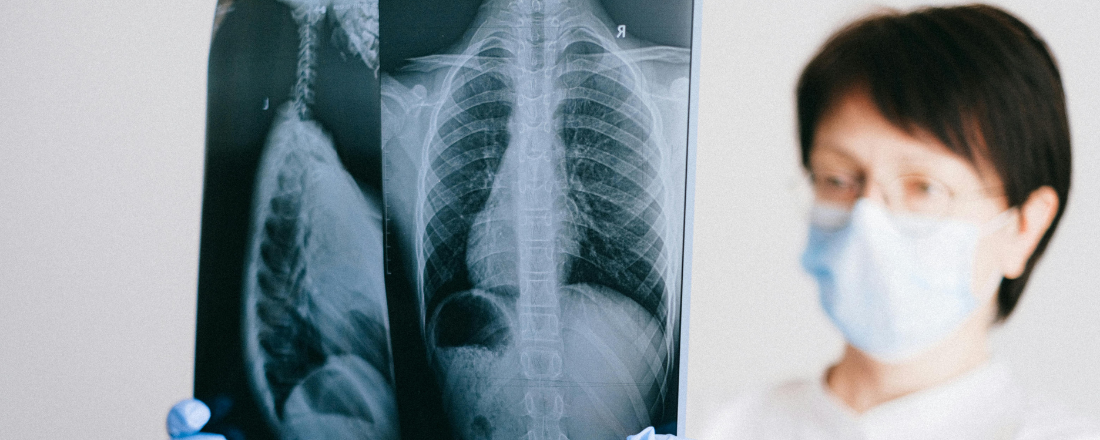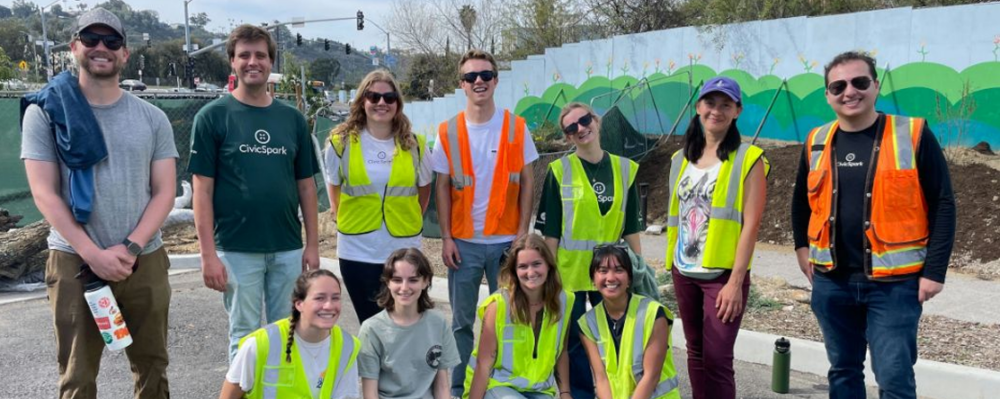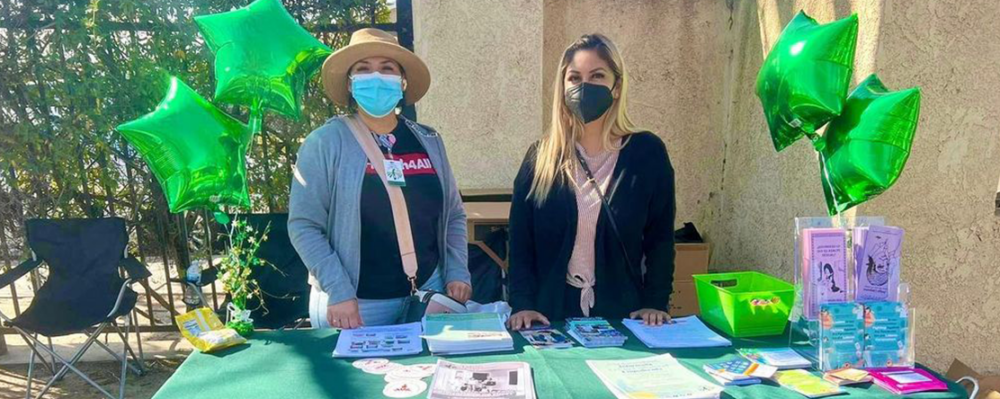
In the News
LA Times: Research Highlighted on California Countertop Workers Suffering from Silicosis
- Los Angeles Times

“By the time that Dennys Rene Rivas Williams had fallen so ill that he needed new lungs, physicians at Olive View-UCLA Medical Center expressed little doubt about what was to blame for his sickness.
Doctors had diagnosed the 36-year-old with silicosis: an incurable disease caused by inhaling tiny bits of lung-scarring silica. It was an affliction that had debilitated dozens of workers in Los Angeles County like him, who had toiled cutting countertops bound for kitchens and bathrooms.
Health officials had sounded the alarm that a new epidemic of the illness was killing young laborers amid the rising popularity of engineered stone, which is typically much higher in silica than natural slabs. In recent years, more than a dozen California workers who cut countertops have lost their lives to the disease.
Rivas Williams’ medical records state that his silicosis was due to “engineered stone fabrication/cutting,” with a doctor advising him to quit his job to prevent further damage.
Yet Rivas Williams had been turned down when he applied for workers’ compensation, which is supposed to cover medical care and other benefits for laborers injured on the job. Attorneys representing the young father were galled, asking where else he would have inhaled so much silica.
Rivas Williams said that the Pacoima shop where he worked was blanketed in dust, and that he and other workers were offered only flimsy masks, rather than protective respirators. In January, he received a double lung transplant — a lifesaving surgery but one that often means only an additional six years of survival.
Silicosis has been known as an occupational illness for centuries, afflicting miners, stonecutters and others exposed to silica dust.
Yet as California sees surging numbers of young workers suffering from the disease, many have not successfully tapped workers’ compensation. Assistance can include medical care, disability payments and death benefits for families.
Fazio and other researchers analyzing dozens of cases of California countertop workers suffering silicosis found that only 13% had workers’ compensation benefits when diagnosed and treated. Nearly half kept working in the industry even after getting the diagnosis.
Workers’ compensation is supposed to ensure that if workers are harmed on the job, “they don’t have to swap their livelihood for their health” and “can get access to medical care and time away from work and disability and other kinds of resources they may need to make themselves whole again,” said Kevin Riley, director of the UCLA Labor Occupational Safety & Health Program.”
To read the full article, click on the link below. Registration or subscription may be required to access this full story.
Originally published by Los Angeles Times
More Updates
Work With Us
You change the world. We do the rest. Explore fiscal sponsorship at PHI.
Support Us
Together, we can accelerate our response to public health’s most critical issues.
Find Employment
Begin your career at the Public Health Institute.



